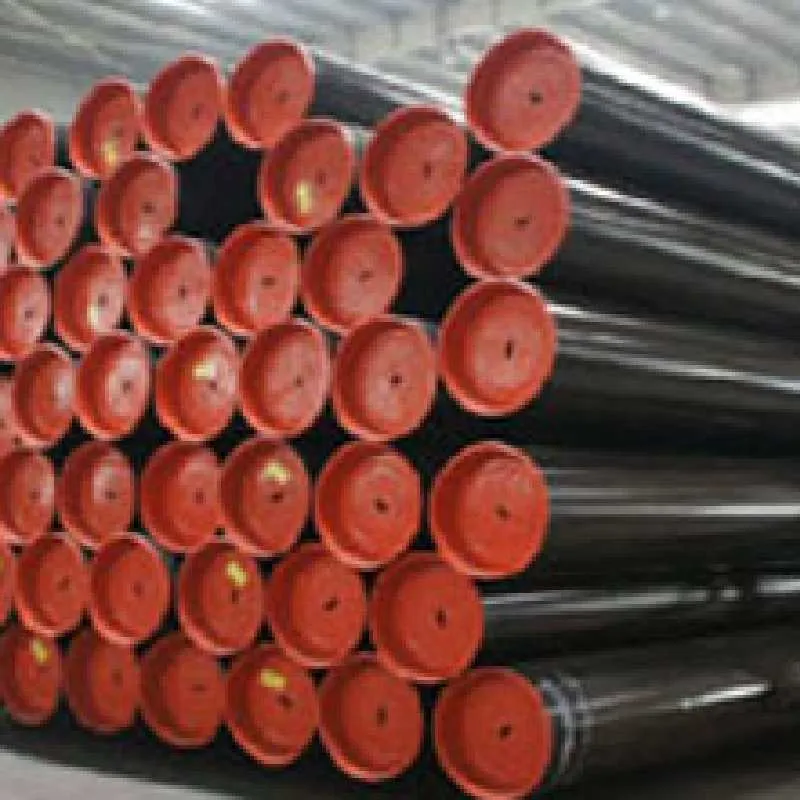-
Cangzhou Yulong Steel Co., Ltd.
-
Phone:
+86 13303177267 -
Email:
admin@ylsteelfittings.com
- English
- Arabic
- Italian
- Spanish
- Portuguese
- German
- kazakh
- Persian
- Greek
- French
- Russian
- Polish
- Thai
- Indonesian
- Vietnamese
- Zulu
- Korean
- Uzbek
- Hindi
- Serbian
- Malay
- Ukrainian
- Gujarati
- Haitian Creole
- hausa
- hawaiian
- Hebrew
- Miao
- Hungarian
- Icelandic
- igbo
- irish
- Japanese
- Javanese
- Kannada
- Khmer
- Rwandese
- Afrikaans
- Albanian
- Amharic
- Armenian
- Azerbaijani
- Basque
- Belarusian
- Bengali
- Bosnian
- Bulgarian
- Catalan
- Cebuano
- China
- China (Taiwan)
- Corsican
- Croatian
- Czech
- Danish
- Esperanto
- Estonian
- Finnish
- Frisian
- Galician
- Georgian
- Kurdish
- Kyrgyz
- Lao
- Latin
- Latvian
- Lithuanian
- Luxembourgish
- Macedonian
- Malgashi
- Malayalam
- Maltese
- Maori
- Marathi
- Mongolian
- Myanmar
- Nepali
- Norwegian
- Norwegian
- Occitan
- Pashto
- Dutch
- Punjabi
- Romanian
- Samoan
- Scottish Gaelic
- Sesotho
- Shona
- Sindhi
- Sinhala
- Slovak
- Slovenian
- Somali
- Sundanese
- Swahili
- Swedish
- Tagalog
- Tajik
- Tamil
- Tatar
- Telugu
- Turkish
- Turkmen
- Urdu
- Uighur
- Welsh
- Bantu
- Yiddish
- Yoruba

Sep . 28, 2024 13:21 Back to list
pipe to pipe weld
Understanding Pipe to Pipe Weld Techniques and Importance
In various industrial applications, the integrity of piping systems is paramount. One of the fundamental processes involved in the assembly and maintenance of piping systems is the technique known as pipe to pipe weld. This method is essential in ensuring that connections between pipes are secure, leak-proof, and capable of withstanding various operational stresses.
The Basics of Pipe to Pipe Welding
Pipe to pipe welding involves the joining of two pipes using heat and/or pressure, which causes the material to fuse. This process is crucial in a variety of industries, including oil and gas, water supply, chemical manufacturing, and construction. The most common welding techniques employed include Shielded Metal Arc Welding (SMAW), Gas Tungsten Arc Welding (GTAW), and Gas Metal Arc Welding (GMAW). Each method has its specific applications, advantages, and limitations depending on the materials being used and the environment in which the welds will operate.
Importance of Pipe to Pipe Weld
The importance of proper welding techniques cannot be overstated. A well-executed weld is essential for the efficiency, safety, and longevity of piping systems. Poor welding can lead to leaks, which in turn can result in catastrophic failures, costly repairs, and even hazardous situations. Industries rely on the seamless transportation of fluids and gases; therefore, ensuring that welds are conducted to stringent standards is critical.
Furthermore, regulations set by organizations such as the American Welding Society (AWS) and the American Society of Mechanical Engineers (ASME) establish guidelines dictating how welding processes should be performed. Compliance with these standards not only ensures safety but also helps in maintaining the integrity of the systems being constructed or repaired.
pipe to pipe weld

Techniques and Best Practices
To achieve a successful pipe to pipe weld, several best practices should be followed. First, it is vital to prepare the pipe surfaces properly. This includes cleaning the edges to remove any contaminants such as oil, dirt, or rust that can compromise the quality of the weld. Additionally, proper fitting and alignment of the pipes are necessary to ensure that the weld pool forms correctly and achieves penetration for strength.
Another crucial aspect is the selection of the appropriate filler material. The choice of filler metal depends on the base metals being joined, and it is essential to ensure compatibility, as this affects the mechanical properties of the finished weld.
Post-welding inspections are also a critical component of the welding process. Techniques such as visual inspections, ultrasonic testing, or radiography can be employed to verify the integrity of the welds and ensure they meet the required specifications.
Conclusion
In conclusion, pipe to pipe welding is an integral aspect of many industrial operations that demands precision and expertise. Understanding the fundamental techniques and best practices involved can significantly enhance the quality and reliability of piping systems. As industries continue to advance and evolve, so too will the methods and technologies used in pipe welding, but the need for strong, durable, and secure connections will always remain a top priority. Ensuring proper training, adherence to safety standards, and ongoing education in welding techniques will be essential for future generations of welders.
Latest news
-
ANSI 150P SS304 SO FLANGE
NewsFeb.14,2025
-
ASTM A333GR6 STEEL PIPE
NewsJan.20,2025
-
ANSI B16.5 WELDING NECK FLANGE
NewsJan.15,2026
-
ANSI B16.5 SLIP-ON FLANGE
NewsApr.19,2024
-
SABS 1123 FLANGE
NewsJan.15,2025
-
DIN86044 PLATE FLANGE
NewsApr.19,2024
-
DIN2527 BLIND FLANGE
NewsApr.12,2024
-
JIS B2311 Butt-Welding Fittings LR/SR 45°/90° /180°Seamless/Weld
NewsApr.23,2024











